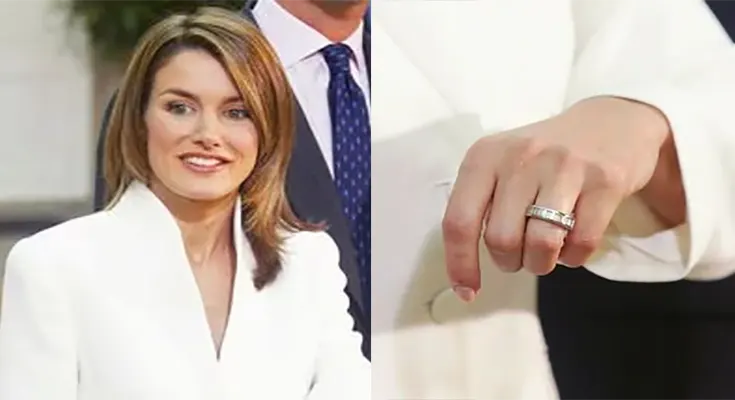Spanish royal engagement rings have long been a symbol of both elegance and history, passed down through generations of the Spanish monarchy. These rings, not only significant in their beauty but also in their historical context, carry stories of love, power, and tradition. The restoration of these royal treasures is vital in ensuring their legacy endures for future generations, especially in an era where preserving such heirlooms becomes increasingly challenging. The importance of maintaining the authenticity and craftsmanship of these rings cannot be overstated, as each one holds a unique place in Spain’s royal narrative.
One of the most famous and historically significant royal engagement rings is the one worn by Queen Letizia, which once belonged to Princess Sophia of Greece, the mother of King Juan Carlos I. This specific engagement ring is a classic example of a piece that embodies not only personal sentiment but also historical importance. For centuries, royal engagement rings have been used to signify power and influence, with intricate designs and rare gemstones that make them one-of-a-kind. As a result, the restoration and preservation of these pieces require a careful balance of modern technology and ancient techniques.
Engagement rings in the royal family are often meticulously designed by renowned jewelers, using the finest diamonds and precious stones. However, the passage of time and the wear and tear these rings undergo can affect their appearance, making restoration an essential part of their ongoing legacy. This process involves restoring the ring to its original state without compromising its integrity or value. Expert craftsmen must pay close attention to every detail, from the careful cleaning of the stones to ensuring that the band remains structurally sound. The goal is not only to return the ring to its previous beauty but also to ensure that it continues to tell the story it was meant to convey.
One of the greatest challenges in restoring such a significant piece is maintaining its authenticity. The use of modern materials or methods could inadvertently alter the original design, which would detract from the ring’s cultural and historical value. As such, restoration specialists must use materials and techniques that are in keeping with the ring’s period of origin, often relying on historical records to ensure accuracy. This focus on authenticity is crucial, as these engagement rings are not just decorative items but symbols of royal lineage and tradition.
Moreover, the restoration of Spanish royal engagement rings also serves to educate the public about the rich history of the Spanish monarchy. These rings are much more than jewelry; they are tangible connections to the past, providing a glimpse into the lives of royals and their relationships. They have witnessed royal ceremonies, moments of celebration, and even political changes that shaped the country. The restoration process, therefore, becomes an act of cultural preservation, keeping the monarchy’s history alive for future generations to appreciate.
In conclusion, the restoration of Spanish royal engagement rings is a delicate and important task. These rings represent the strength and continuity of the Spanish monarchy, and their preservation ensures that future generations can continue to appreciate the craftsmanship, history, and legacy they carry. By combining traditional methods with modern techniques, experts in the field of jewelry restoration work tirelessly to ensure these royal treasures remain intact for centuries to come. Through such efforts, the legacy of the Spanish monarchy, as symbolized by these engagement rings, remains preserved for posterity.





